Neurotechnology devices have come a long way over the last decade. We’ve seen massive advancements in signal quality, biofeedback, and hardware, and these have given both startups and established companies new fuel for innovation.
Some of the neurotechnology devices listed below are reported to provide minor assistance to sleep. Others claim to help you learn faster by a few percentage points. The self-improvement device market, however, is still very much in it’s infancy; as the years go on, we’ll see the neuroscientists that develop these technologies grow bolder and more confident in their claims.
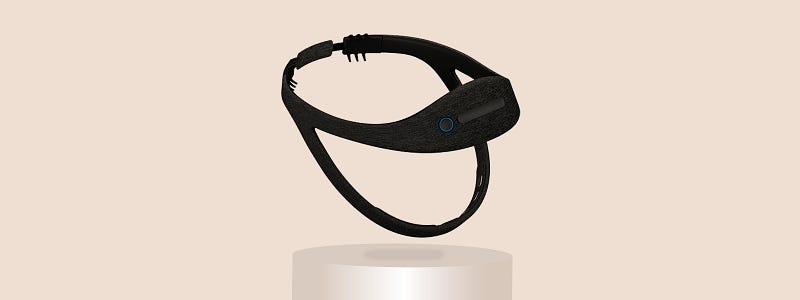
The Dreem 2, developed by sleep experts over at Dreem, provides sophisticated nighttime tracking coupled with bone conduction audio technology. They want to help improve your sleep through better knowledge of your sleep cycles & patterns, and (soon) will offer precise audio stimulation during breathing disturbances to increase sleep depth and quality.
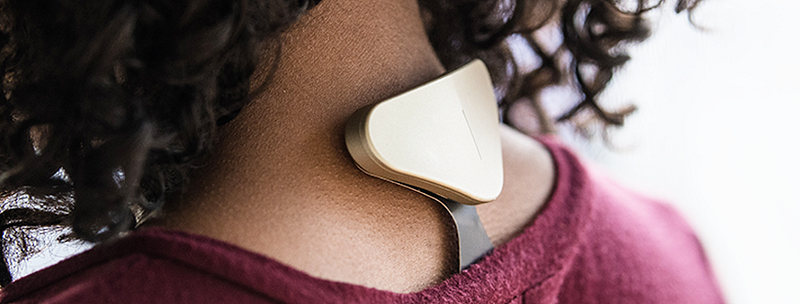
The Thync Relax Pro is a small, neck-mounted device developed by Thync that claims to help relieve stress naturally, without the use of drugs. It provides gentle electrical signals through the base of your neck that specifically target the brain areas involved in physiological stress, lowering heart rate and helping you gradually calm down.
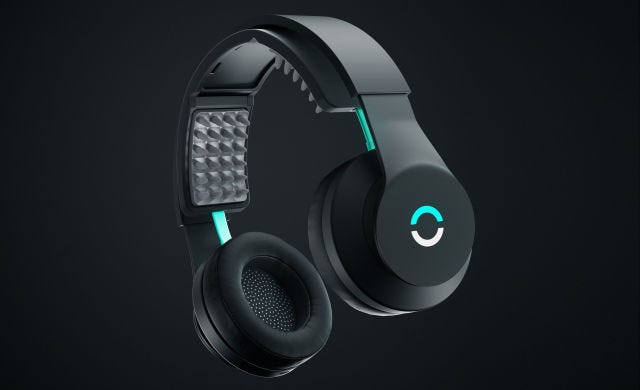
If you’re at all an audiophile like me, you’ve probably seen ads for Halo Sport, one of Halo Neuroscience’s breakthrough brain-stimulation products. Halo Sport is a unique blend of fantastic quality wireless headphones and targeted neurostimulators. The company claims it provides significant boosts to learning and muscle memory, and has recently begun using it to improve outcomes in endurance athletes as well
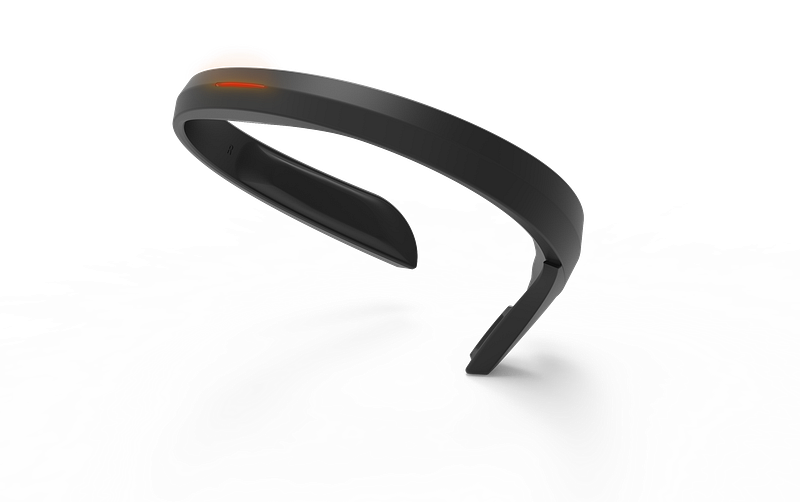
FocusEDU, an education wearable developed by BrainCo, is reported to enhance education outcomes by providing real-time feedback on student engagement to teachers. Student brains look characteristically different when they’re paying attention and when they’re goofing off — FocusEDU takes advantage of that to let teachers know if their material is resonating. Additionally, it allows students to play “Focus Games” — simple, mind-controlled games that aim to improve focus and increase engagement.
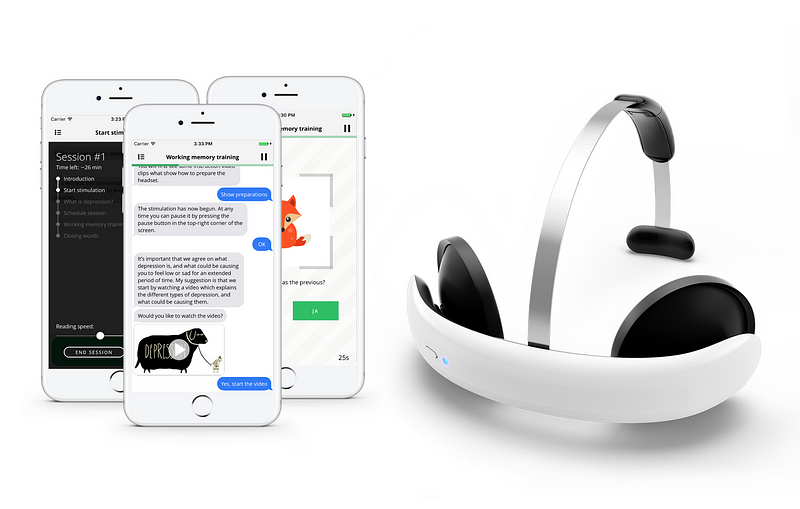
The CE-certified Flow headband aims to treat your depression at home without medications or office visits. This sleek solution leverages recent research in neurostimulation to provide targeted electrical pulses to the areas of the brain most implicated in depressive symptoms. They also offer a proprietary app developed by therapists.
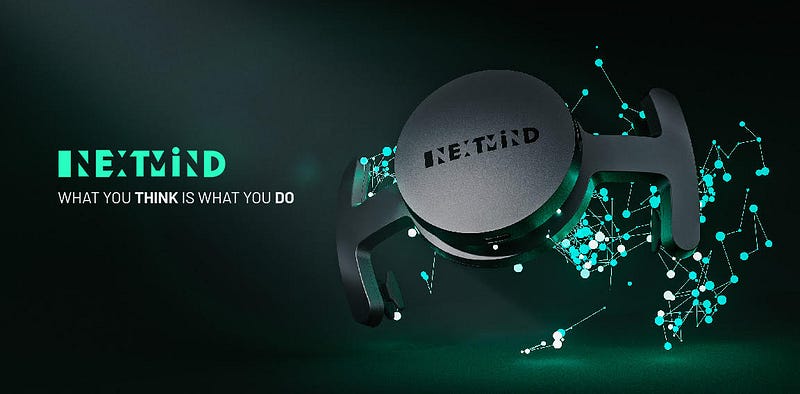
NextMind is my favorite neurotechnology device of the year for the sole reason that this bold headset makes big claims. Claiming to be the first brain-sensing wearable for real-time device control, NextMind wants to revolutionize how we interact with technology like video games. Instead of needing to play with a clunky controller, they believe in a world where you can play simply by thinking — your character moves when you want them to, not when you click a button that corresponds to the right set of keys.
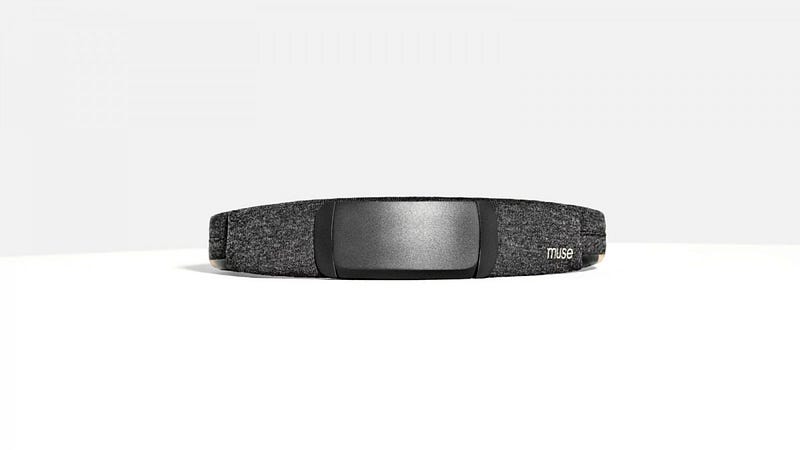
The Muse S, developed by Interaxon, wants to help you train your brain through biofeedback. Their organic design and user-friendly interface provide real-time feedback through electroencephalography, pulse oximetry, and accelerometry, giving you strong insights into the workings of your own body. In short, Muse S is a full suite of body monitoring tools in a compact, beautiful looking headset.
Neurotechnology devices are still very much in their infancy. Exponential improvements in both sensor technology and decoding are well on the way, and intelligent people will use both advancements to build the next generation of wearable for people like me and you.
As this industry grows into one of the world’s biggest and most powerful, take a moment to appreciate the fact that you were there at it’s birth. It’s a bright future for pioneers of both the mind and the soul.






